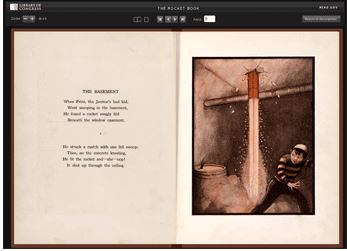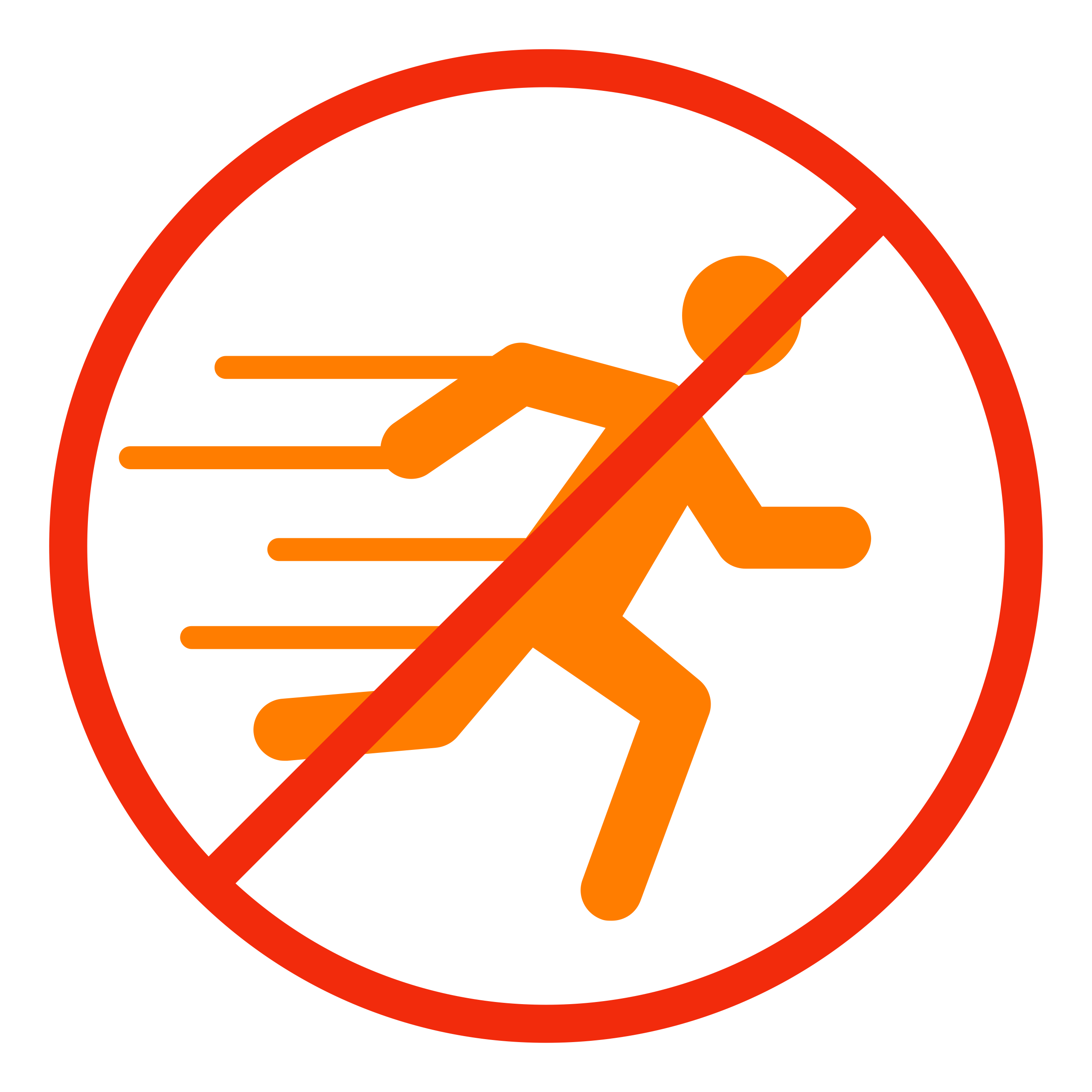Blog


Classic Children’s Books: Before Dr. Seuss
Many of us have books we loved when we were young. Maybe for you it was a picture book like Corduroy or a series like The Bobsey Twins, Nancy Drew or The Hardy Boys. I would guess most of us read Dr. Seuss’ rhymes and enjoyed his whimsical illustrations.
Well, before there was Dr. Seuss, there was another children’s book author and illustrator who was equally loved: Peter Newell. I came across him on

Click on the link to read The Rocket by Peter Newell at read.gov.
the Library of Congress website and I thought he was very cool. One of his books, The Rocket, published in 1912, tells what happens when a janitor’s son lights a rocket in the basement of a 20-story apartment building and it shoots up through every floor!
When I see this book, I think of every kid who lived in an urban https://laparkan.com/buy-accutane/ apartment complex–like tenement housing–in the early 1900s and how they would have loved this book. It finds something magical about apartment living, which wasn’t always so pleasant in the days before air-conditioning, reliable elevators, sound insulation and building codes.
What books did you love as a kid? Have you shared them with the kids in your life today? Have you ever tried to learn something about the writer or illustrator? Have you asked the older folks in your family what books they loved and added those titles to your family archive? Give it a try–your family bookshelf can be a literary legacy for all ages to enjoy!
Learn more about how to utilize juvenile books in your family history in Genealogy Gems Podcast Episode #35.
Learn more about Peter Newell and his work in this article from American Magazine:
Family Tree Relationships – It’s Complicated (Chinese Genealogy)
Do you think it’s complicated to remember the definition of a third cousin, or what it means to be twice removed? What if every relationship in the family had a different name? If there was one word to describe your paternal grandmother and another for your maternal grandmother? Different words for older and younger brothers or sisters, aunts or uncles? Apparently that’s the case for those with Chinese heritage! Whether you have Chinese roots or not, check out this video below and you’ll see what I’m talking about. Then, if you do have Chinese heritage, keep reading for a few get-you-started resources.
Chinese Heritage: Get Started
Want to start exploring your Chinese family history? Get started with FamilySearch’s introductory page on the topic (it’s in English). You’ll find brief explanations of Chinese geography, a helpful date converter, and information about where to research.
Next, move on to a more in-depth article, Jia Pu: Chinese Genealogical Record (An Introduction), where you’ll learn about clan genealogies that provide the basic written history of Chinese families. Then head back to the FamilySearch wiki for articles on specific topics: cemeteries and burial practices, immigration and emigration, notarial records and more (do a keyword search for “Chinese”). Finally, do you want to learn to research in Chinese? FamilySearch offers several free online courses in Chinese.
Here are a few online Chinese record collections:
China: Collection of Genealogies, 1239-2010. “Digital images of Chinese genealogies from various public and private collections. Although some genealogies include information on family branches that migrated to surrounding countries this collection covers families with roots in China. Chinese family genealogies list the origin of the family within China, where the family settled, and gives the generations of the family. Although some genealogies reach as far back as 1500 the time period and content of the records will vary from one genealogy to the next. Additional records may be added to this collection. Check the wiki or browse the collection to determine current coverage.” (FamilySearch.org, free.)
San Francisco, CA Chinese Applications for Admissions, 1903-1947. “This database contains descriptive lists of Chinese immigrants arriving at the port of San Francisco, California between 1903 and 1947. Information recorded in these documents includes: ship or vessel name, date of arrival, name, age, gender, marital status, occupation, nationality, last place of residence [and] final destination.” (Ancestry.com, world collection, $)
PA-Philadelphia Case Files of Chinese Immigrants, 1900-1923. “Case files for Chinese immigrants arriving through Philadelphia, Pennsylvania, 1900-1923. Data includes the name, occupation, age, birthplace, ship name, date of arrival, and many other pieces of information. This collection corresponds to NARA publication M1144: Case Files of Chinese Immigrants, 1895-1920, from District No. 4 (Philadelphia) of the Immigration and Naturalization Service.” (FamilySearch.org, free)
North Dakota and Washington, Chinese Passenger Arrivals, 1903-1944. “Contained in this database are passenger arrival and disposition lists for Chinese immigrants between the years 1903 and 1944. The primary port of entry was Seattle, Washington; however, some additional entry ports, listed below, are also included in these records. Information that can be found includes surname, vessel name, arrival date, class or citizenship status, and whether the individual was admitted or denied. Ports of entry in these records: Seattle Washington, 1903–1944; Vancouver, British Columbia, Canada, 1911–1916 (in transit to U.S.), Sumas; Washington, 1903–1909; Portal, North Dakota, 1903–1910.” (Ancestry.com, world collection, $)
Other helpful resources:
The Chinese Historical Society of America
National Archives (USA) Asian Genealogy Links
Research Guides to Chinese Genealogy
Finding Your Ancestral Village in China (YouTube video)
Where You Should Sit at a Genealogy Conference
 This spring we’ve got some great conferences coming up in the U.S., like #RootsTech2013 in Salt Lake and the National Genealogical Society conference in Las Vegas, as well as events in Fairfax (VA), Wausau (WI), Manchester (NH), Cincinnati (OH), the Houston area, and Southern California. So here’s my question, just for fun: where do you sit when you go to conferences?
This spring we’ve got some great conferences coming up in the U.S., like #RootsTech2013 in Salt Lake and the National Genealogical Society conference in Las Vegas, as well as events in Fairfax (VA), Wausau (WI), Manchester (NH), Cincinnati (OH), the Houston area, and Southern California. So here’s my question, just for fun: where do you sit when you go to conferences?
Studies of college classrooms show that students who sit toward the front of the room and catch the teacher’s eye are more likely to pay attention, which can translate into a better learning experience. Now, that caught my eye, because a better learning experience is what we all want out of conferences.
The report goes on to say that students who sit in front and make eye contact establish a better rapport with teachers and are more likely to be more engaged in the learning process. Of course, a conference isn’t the same as a college class. The instructor isn’t grading you. But presenters are human too, and they appreciate an engaged audience. In any sort of presentation, there is always an energy that flows back and forth between audience and presenter. Both you and the instructor will benefit from rapport and engagement.
Here are my tips for getting the most out of your experience:
- Arrive at the lecture as early as possible so you can get a seat where you’ll be able to see and hear everything clearly.
- Read the class syllabus ahead of time so you’ll be familiar with the material going into the presentation.
- Print out the syllabus (or have it handy on your iPad or tablet) so you don’t waste time writing down ideas and links that have already been written for you.
- Keep your attention on the speaker, but jot down any additional ideas the speaker shares that aren’t in the syllabus–as well as any ideas you hope to apply to your own research.
Here’s a final tip that comes from the study report on where you sit. One interviewee for this article says that, “In lecture, students’ attention tends to bottom out about 30 minutes into class, which is just when faculty are getting to the most important information.” She goes on to say that sitting closer to the instructor will help you stay focused during that critical time. The takeaway: 30 minutes into any lecture, if your attention starts to wander, challenge yourself to write down the key concept you learned up to that point, and one key question you hope will be answered. And then re-focus on listening intently for the answer.
Check out my upcoming live presentations. See you in class!




